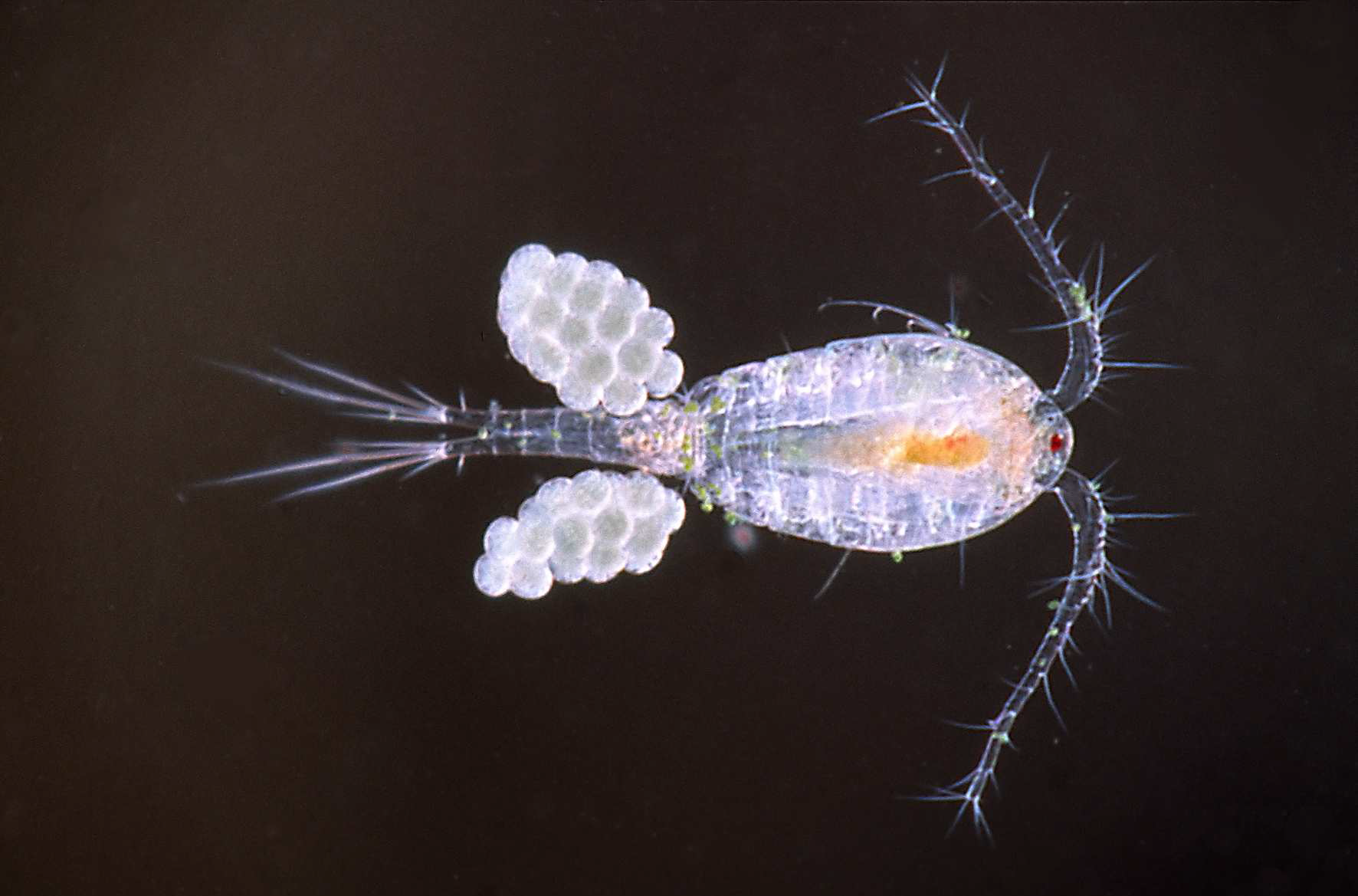|
|
InvertebratesQuick facts
Where are aquatic invertebrates found?Aquatic invertebrates are found in shallow flowing systems, such as creeks and rivers, stillwater water systems including lakes, swamps, ponds, reservoirs and impoundments, and estuarine and marine areas. Some can even be found in subterranean areas or groundwater systems (stygofauna and troglofauna)[5]. Invertebrates have also adapted to living in pelagic (open water), littoral (shallows, vegetated), and benthic (bottom) environments[5]. Invertebrates and wetland ecologyInvertebrates are among the most abundant and diverse groups of animals that are found in a wetland ecosystem. In the aquatic food web they connect primary producers, i.e. plants and algae, to the higher consumers such as fish and birds. Some species can prey on other invertebrate, and even on the larva of higher organisms such as fish and frogs. Invertebrates are food for animals such as larval and juvenile fish and small fish species. The diet of certain herbivorous waterbirds includes protein provided by freshwater invertebrate associated with aquatic plants[6]. Invertebrates are known to play an important role in regulating certain processes and components which threaten wetland health. Herbivorous freshwater invertebrates can control the outbreak of algal blooms while other species remove detritus, leading to improved water clarity[6]. Some species of invertebrates have been known to eat the larvae of pest fish such as carp, inflicting a mortality rate as high as 90%. Some predatory freshwater invertebrates also prey on mosquito larvae[6]. Invertebrate classificationInvertebrates are very diverse and they are usually categorised and classified by looking at biological similarities and differences. The sections below are primarily based on the taxonomic classification of Margulis & Schwartz (1982)[3] and Hayward & Ryland (1990)[2]. Taxonomic classifications are written and revised based on new scientific understandings and can result in changes or updates to phylum, classes, sub-classes and orders. Others have classified invertebrates relative to their size e.g. macro and micro invertebrates. Additional information
Pages under this sectionReferences
Last updated: 12 April 2017 This page should be cited as: Department of Environment, Science and Innovation, Queensland (2017) Invertebrates, WetlandInfo website, accessed 18 March 2024. Available at: https://wetlandinfo.des.qld.gov.au/wetlands/ecology/components/biota/fauna/fauna-taxon/invertebrates/ |

 — Department of Environment, Science and Innovation
— Department of Environment, Science and Innovation


